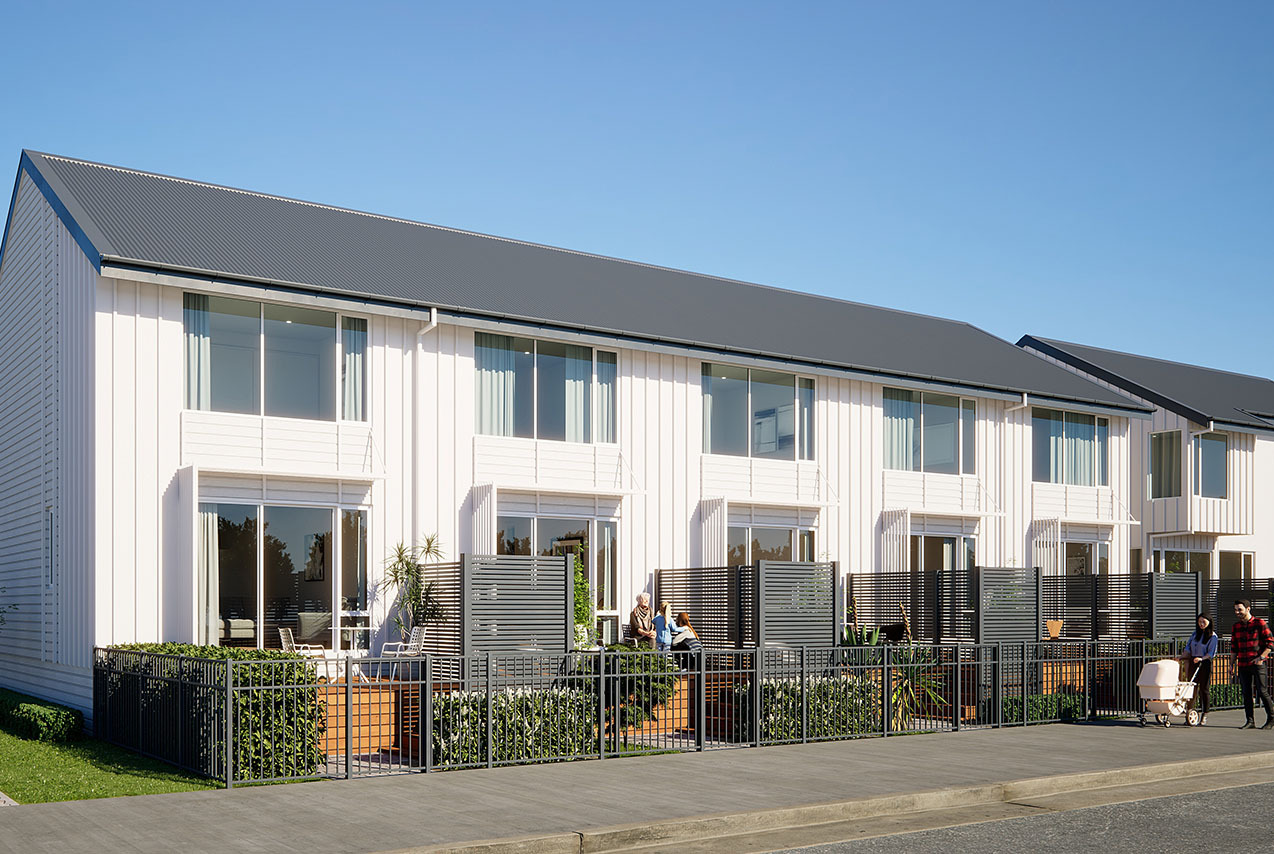By Mike Vincent, Associate, Baseline Group, info@blg.nz | Sept 03, 2024

In recent years, New Zealand has faced significant challenges in the housing sector, including soaring property prices, a shortage of affordable homes, and increasing demand for rental properties. Amidst these challenges, the concept of Build-to-Rent (BTR) development has emerged as a possible solution. BTR refers to residential developments specifically designed and constructed for long-term rental purposes rather than for sale. This model, which has gained traction in markets like the United States and the United Kingdom, is now making its mark in New Zealand.
The BTR sector in New Zealand is in its infancy but is rapidly gaining momentum. Several factors contribute to its rise, including the country's housing affordability crisis, changing demographics, and evolving tenant preferences.
With property prices increasing across the country, homeownership has become out of reach for many. BTR developments offer high-quality rental housing as an alternative.
Changing demographics bring different requirements. More young professionals, students, and retirees prefer renting for its flexibility. BTR caters to this demand with long-term rental options, professional management rather than landlord relationships, and modern amenities such as gyms, communal spaces, and high-speed internet. The New Zealand government is considering policies and incentives, such as tax breaks and grants, to promote BTR as a method to address the housing crisis and encourage investment in the rental market.
From a planning perspective, key factors for the successful implementation of BTR include zoning and land use regulations, consenting processes, urban design, and community consultation. For BTR developments to thrive, zoning rules must accommodate higher-density residential use in appropriate areas. Councils must take the initiative to identify these areas. BTR projects will require resource consents, which are permits needed for activities that affect the environment, particularly for developments that exceed permitted activity standards. Streamlining the consent process for BTR projects can encourage more developments and reduce delays.
To succeed, BTR developments must promote quality urban design, incorporate sustainable building practices, and contribute to well-designed urban environments. Engaging with local communities early in the planning process can help address concerns and foster support for BTR projects.
The future of BTR development in New Zealand is promising, provided that the Resource Management Act (RMA), which governs land use and environmental management, evolves to support this housing model.
As the sector matures, it has the potential to significantly address housing challenges. With supportive regulations and investment, BTR could become a key component of New Zealand's housing landscape, offering high-quality rental housing for a diverse range of residents.
Addressing regulatory challenges and leveraging the benefits will be crucial for creating a sustainable and inclusive housing future for New Zealand.
Articles you might be interested in
- What the New Planning System Will Mean for Future Developments
- Granny Flats are not lawful – Yet
- Key Fundamentals of Urban Design and how these are showcased in Rolleston
- Target Price Contracts: A Smarter Way for Developers to Avoid Budget Blowouts
- New RMA rules tighten hazard controls for urban development
- The enjoyment of private property rights
- How AI can shape our future?
- What are development contributions and how might they affect you?
- Granny Flats to Be Allowed, Without Consent: What Homeowners Need to Know
- Adapting to a Depreciating New Zealand Dollar (NZD)